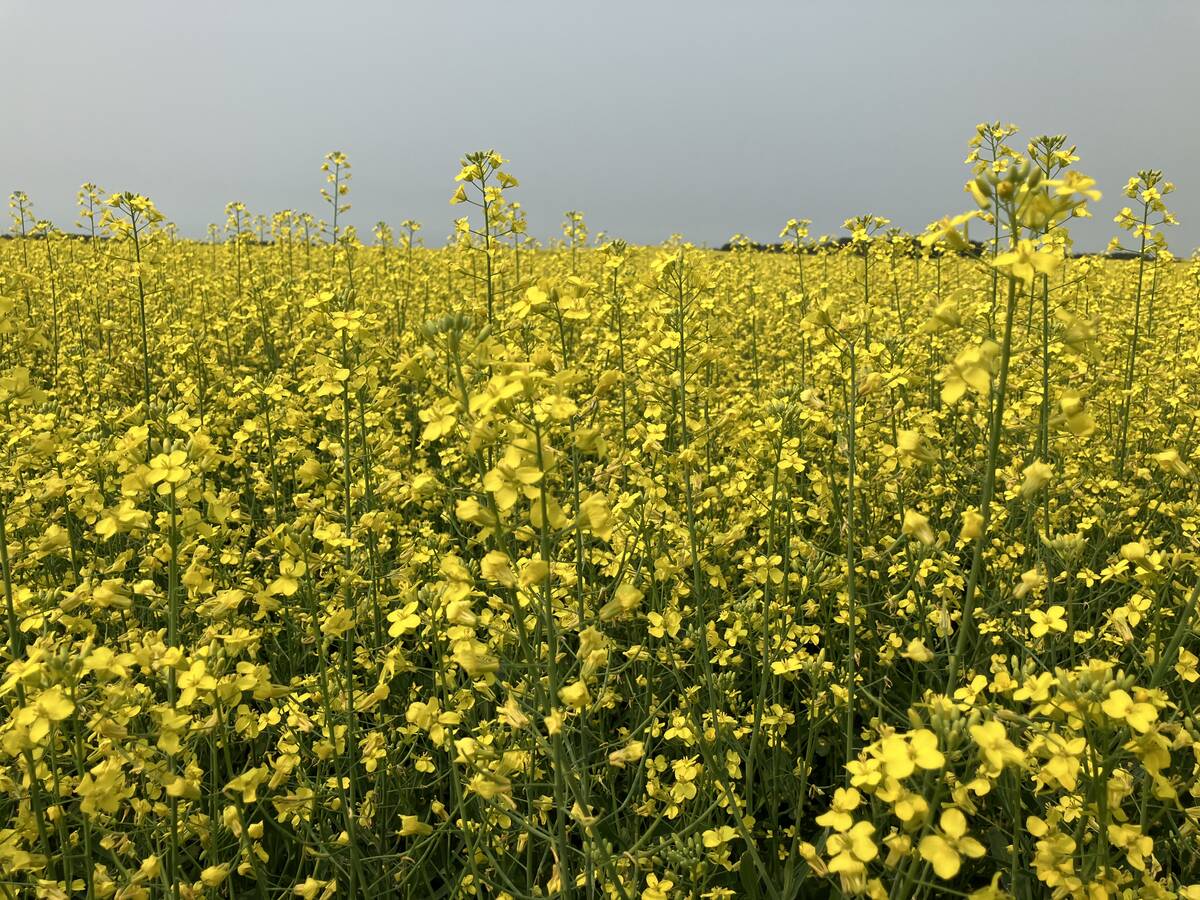CUIABA, Brazil – Farmland is cheap in Brazil.
Minnesota farmers who recently toured the country near Cuiaba found unbroken land selling for $250-$500 Cdn per acre and cleared and limed land selling for $1,600-$2,800 per acre.
While these prices are similar to what can be found in Minnesota where yields are similar, the Cuiaba land can produce two crops per year.
In the wildest frontier regions, unbroken land can sell for less than $200 per acre.
Unlike prairie farmers, who have to use expensive, modern machinery because of high labour costs, farmers in Brazil can keep old, inefficient machinery running for years because it’s easy to hire farm workers who will work for less than $300 per month.
Read Also

Canola used in only quarter of Canadian biofuel
Less than one-quarter of the biodiesel and renewable diesel used in Canada in 2024 was made from canola oil feedstock
Cheap land and labour would seem to be the building blocks for financial success, but they rest on a shaky foundation that would unsettle most North American farmers.
Brazil’s financial system is so undeveloped and insecure that farmers cannot borrow money from banks to buy land, generally can’t afford to have operating lines of credit and are forced to rely on a patchwork of informal financing to operate their farms.
It’s a system that favours farm investors who have lots of money, but leaves most farmers desperate for capital.
“They kept clamouring about having no capital, and they want capital,” said Minnesota Soybean Growers Association executive director Jim Palmer, who recently toured several Brazilian soybean farms.
The repeated enticements from Brazilian agriculture officials and farmers made him suspicious.
“The world is flush with money right now. If you’re a decent risk right now you can get money,” Palmer said. “If they need capital and they’re not getting it, it’s because someone considers them a big risk.”
Brazil’s economy, like that of many Latin American countries, has been battered by financial chaos in recent decades. Sudden inflationary spirals have shocked the Brazilian financial system and made banks unwilling to make long-term loans. The government has imposed tough laws on the banks, forcing them to keep up to 60 percent of deposits on hand, which leaves them with little money to lend.
Brazilian agriculture officials and farmers said a one-year loan carries an annual interest rate of 40-150 percent, which makes mortgages unaffordable.
Farmers who are able to get operating loans borrow for a maximum of 90 days, but usually take out shorter-term loans to avoid heavy interest charges.
Small farmers who belong to co-operatives are able to get cheaper short-term operating loans because the government subsidizes the rate. They can also get small capital loans to build dairies and other diversification investments.
But bigger farmers who need large loans for inputs often have to rely upon multinational companies such as Bunge and Cargill, which extend credit for input purchases.
However, many farmers don’t like this credit, because to get it they often have to sign contracts to deliver their product to that company.
To buy land, most Brazilian farmers must rely on trust-based personal relationships. Most sales are financed entirely between the seller and the buyer, with the seller usually asking for a hefty down payment and the buyer having to pay off the purchase within three or four years.
The down payment is made in reals, the Brazilian currency, but annual payments are written as bags of soybeans per acre. This is because Brazilians know inflationary spirals can cut the value of their currency in half in a year. Land sellers trust the value of soybeans, which are traded at world market prices, more than they do the real.
The soybean value is converted into reals when the annual payment is made so the buyer doesn’t have to show up at the seller’s house with 20,000 bags of soybeans, but until the day of the payment, buyer and seller are thinking in terms of soybean bags, not cash.
Brazilian farmland ownership can also become tricky because clear titles to land can be difficult to establish.
On the Canadian Prairies, 19th century treaties settled most Indian land claims and further revisions or disputes have been settled by generally lawful means.
But most Indian tribes in Brazil do not have unchallenged treaties spelling out their land rights, resulting in land ownership disputes in the frontier regions that are now being opened for agriculture. There have been numerous cases in recent years of Indians seizing farmland that they say is their traditional land.
Elsewhere, there are disputes between commercial farmers and squatters, also known as the “landless people.” Brazilian law allows poor people to live on the 50-metre-wide road allowances along federal roads. It also allows landless people, who are represented by influential lobby groups, to take over commercial farmland if they can prove the farmer is not farming it.
This has led to accusations of intimidation against landless people, who are allegedly trying to harass commercial farmers off their property. As well, many farmers do not want to buy land bordered by squatter settlements.
All of these problems made Palmer cautious about Brazil’s agricultural potential.
“The farming there is typical of the post-Civil War U.S.,” said Palmer.
“It’s plantations, run by large carpetbag farmers, farmers who came in from outside with money, using lots of cheap labour.”
Brazil’s agricultural industry is evolving quickly, using many modern methods, but it is tied to a deficient financial system. Whether this will evolve or act as a long-term drain is an open question.

















